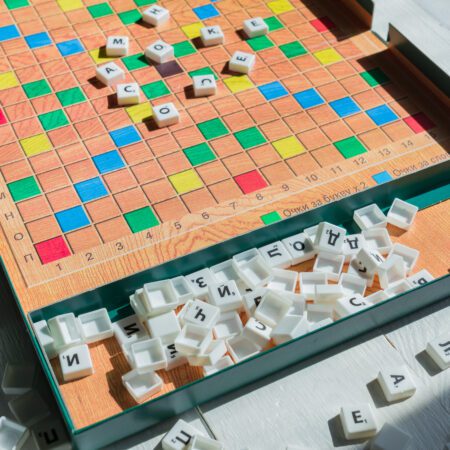Journey through the history of slot machines, from mechanical contraptions to digital marvels, and understand the transformation of this casino icon.
The Evolution of Slot Machines: A Walk through History
Slot machines, also known as one-armed bandits, have been a mainstay in casinos for over a century. Their journey, from mechanically operated machines to the dazzling digital slots we know today, is a fascinating tale of innovation and evolution. Let’s take a walk through history and delve into the evolution of slot machines.
The origins of the slot machine can be traced back to the late 19th century. In 1891, the New York-based company Sittman and Pitt developed the first slot machine. This mechanical device had five drums holding a total of 50 playing cards, and it was based on poker. The machine proved to be immensely popular, paving the way for the future of automated gaming.
In 1895, Charles Fey, a mechanic from San Francisco, revolutionized the industry by inventing the first true slot machine. His machine, the Liberty Bell, featured three reels and a handful of symbols – hearts, diamonds, spades, horseshoes, and the Liberty Bell. This simpler machine allowed for automatic payouts for combinations like three Liberty Bells in a row, a feature that its poker-based predecessor lacked.
The Liberty Bell was a resounding success, and this design became the template for slot machines for decades to come. Despite gambling being outlawed in many states during the early 20th century, the demand for Fey’s machines continued to grow. Manufacturers started developing machines with fruit symbols to circumvent the laws, offering chewing gum as prizes, which gave birth to the popular fruit machines.
The mid-20th century saw the introduction of electromechanical slot machines. Bally Technologies launched “Money Honey” in 1963, the first fully electromechanical slot. This groundbreaking machine offered multi-coin bets and higher payouts, features that instantly struck a chord with players.
The dawn of the digital age in the 1970s significantly transformed the world of slot machines. The introduction of the Random Number Generator (RNG) made the operation of slot machines more efficient and secure. This technology enabled the reels to spin independently, providing a fair gaming experience.
The advent of the internet in the 1990s gave rise to online casinos, marking another milestone in the evolution of slot machines. The first online slots replicated the classic 3-reel format, but the limitless scope of the digital platform soon led to the development of video slots with five reels, multiple pay lines, and innovative bonus features.
In the 21st century, the evolution of slot machines has been driven by advances in mobile and wearable technology. Mobile slots have made it possible to enjoy the thrill of the casino anytime, anywhere, right from the palm of your hand. Meanwhile, the integration of virtual and augmented reality is creating an immersive gaming experience like never before.
Today’s slot machines have come a long way from the mechanical contraptions of the 19th century. Modern slots incorporate a range of themes and innovative gameplay mechanics, offering an experience that is as entertaining as it is rewarding. As technology continues to evolve, there’s no doubt that slot machines will continue to adapt and provide even more thrilling ways to play.
From one-armed bandits to digital wonders, the evolution of slot machines is a testament to the human ingenuity and the ceaseless march of technology. As we spin the reels, we’re not just playing a game – we’re participating in a slice of gaming history.










